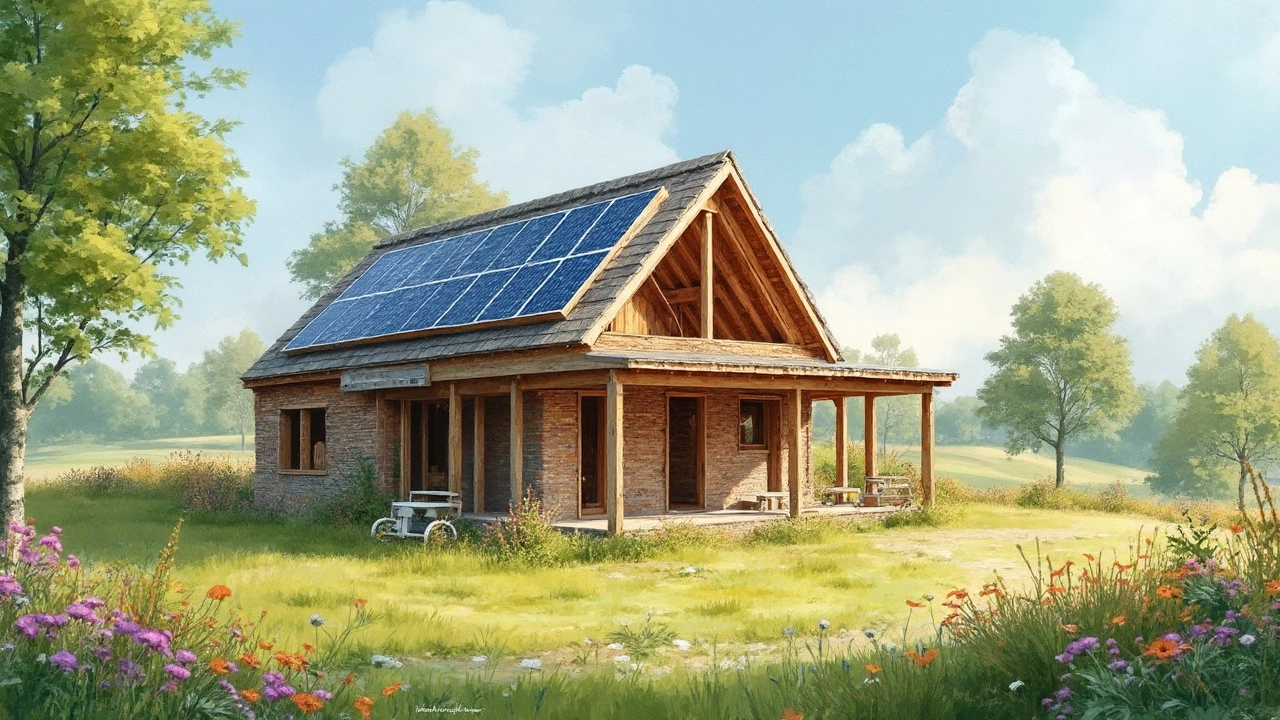Budget Home Building: Simple Ways to Keep Costs Low
Thinking about building a house but worried about the price tag? You don’t have to spend a fortune to get a solid, comfortable home. With a bit of planning and the right choices, you can shave thousands off the budget while still ending up with a place you love.
Plan Smart, Spend Smarter
Start with a clear budget and stick to it. Write down every expense you expect – land, permits, foundation, walls, roof, finishes, and a small buffer for surprises. When you know the numbers, you can spot where to cut. Simple floor plans are your best friend; a rectangular shape uses less material and reduces labor time. Look at the posts on our site about cottage layouts and bedroom counts – they show how a few well‑placed rooms can give you space without extra walls.
Next, shop around for land. A plot a few miles outside a town often costs less but still offers good transport links. Check if the land already has utilities in place; connecting water, electricity, or broadband later can add big costs.
Build Efficiently with Affordable Materials
Materials drive most of the price. Reclaimed timber, second‑hand bricks, or factory‑finished panels can be 30‑40% cheaper than brand‑new options. Talk to local salvage yards – they often have solid wood beams that are perfect for a rustic look, especially for a cottage‑style home.
Consider prefab or modular construction. Factories build sections in bulk, so you get lower prices and faster assembly on site. Many of our readers who read the "Glamping Cottages" article have used prefabricated cabins to create stylish, low‑cost retreats.
Don’t over‑specify windows and doors. Standard sizes are cheaper than custom cuts, and double‑glazing now comes in budget ranges that still deliver good insulation.
Labor is the next big expense. If you have DIY skills, take on the finishing work – drywall, painting, flooring – yourself. Even a weekend of painting can save a few hundred pounds. For the heavy jobs like foundation or roof, get multiple quotes and ask for a fixed price rather than hourly rates.
Hire local tradespeople. They know the area’s building codes, can source nearby materials, and often charge less than big firms that travel from far away.
Finally, think long term. Investing a little more in energy‑efficient insulation, LED lighting, or solar panels can cut utility bills for years, making the overall cost lower. Our "Eco‑Friendly Homes" guide explains which green features give the biggest return on investment.
By keeping the design simple, using affordable materials, and handling some work yourself, you can build a comfortable home on a modest budget. Remember, every saved pound now means extra money for the garden, furniture, or that weekend getaway you’ve been dreaming about.

Build a Cheap Eco-Friendly House
Building an eco-friendly house on a budget isn't just a dream. From sustainable building materials to clever design hacks, creating a green home can be affordable. Focus on locally sourced materials and energy-efficient designs to save money. Learn how recycling old materials can add character without breaking the bank. Let's break down the essentials so you can start building your own earth-friendly sanctuary.
Continue Reading